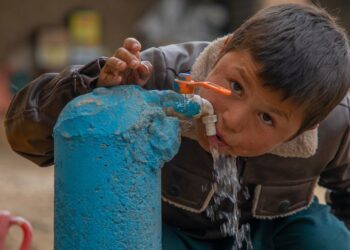The United Nations has assigned June 20 of every year as World Refugee Day in order to increase public awareness of the plight of refugees around the world. According to the United Nations High Commissioner for Refugees (UNHCR), by the end of 2022, there were 35.3 million refugees in the world, a rise of more than eight million from the previous year.
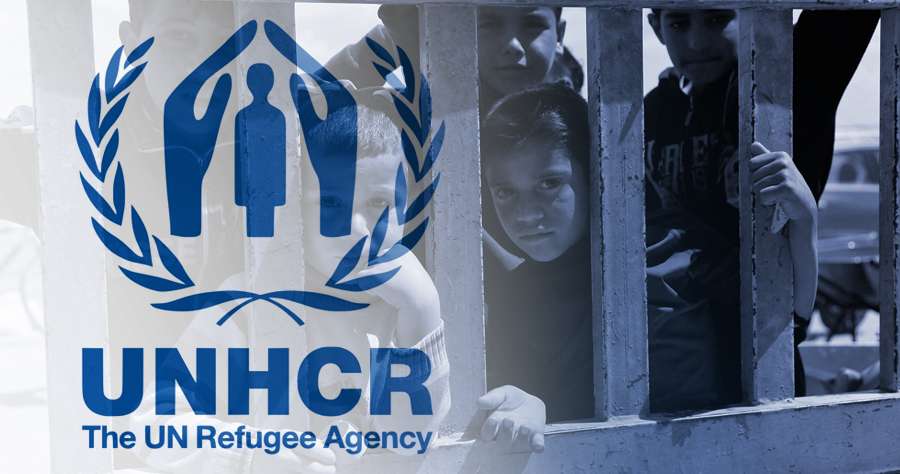
Only three nations accounted for more than half (52%) of all refugees; Syria with 6.5 million, Ukraine with 5.7 million, and Afghanistan contributing 5.7 million refugees. According to international law, refugees are those who have been compelled to evacuate their home countries, due to persecution or grave threat to their freedom or life.
The Refugee Convention was formed by the UN in 1951, to safeguard the rights of post-World War II refugees in Europe. The agreement was widened in 1967 to include issues of global displacement. At 15 million in 2011, the global population of refugees have jumped to more than doubled, over the past ten years.
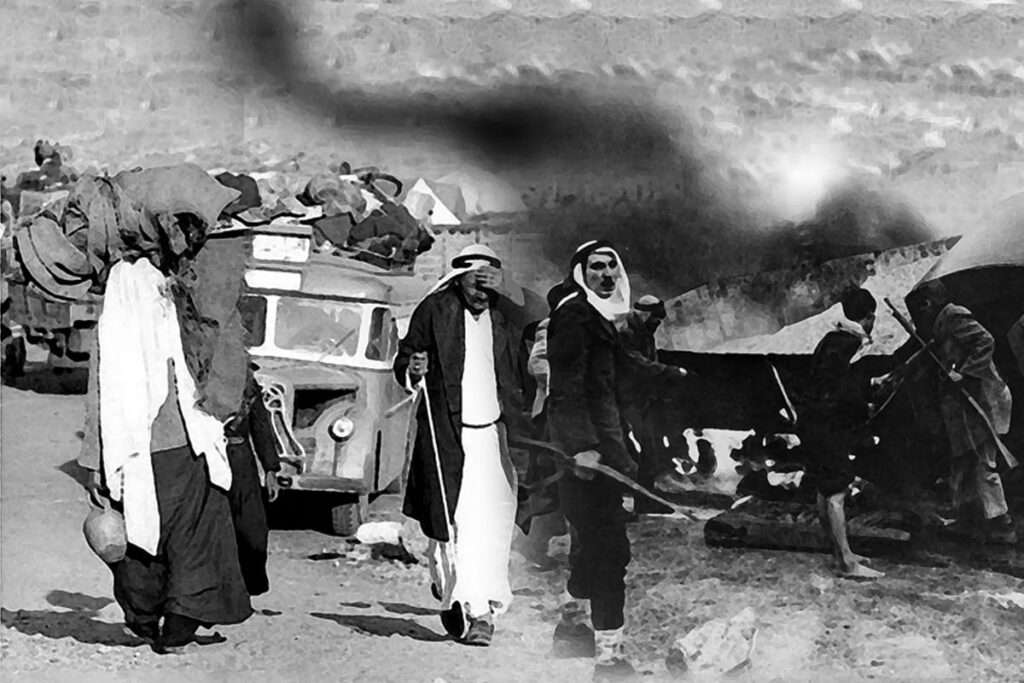
2.1 million people were displaced at the time the Refugee Convention was established. The longest-lasting displacement has been the plight of the Palestinians. The Nakba, meaning “catastrophe” in Arabic, is the term Palestinians used to refer to the expulsion of at least 750,000 Palestinians by Zionist troops, from 1947 to 1949.
“When I was young, I was one of the people who ran to the site of the Nakba, and the site was chilling. Perhaps I will return to Jaffa or to our homes in Lydd, perhaps my grandchildren or my children, but we will definitely return, but when and how, only God knows that.”
Khalil Sarsour, a Palestinian refugee.
However, the UN recorded a significant increase with more than 10 million refugees by 1980. In the 1980s, conflicts in Ethiopia and Afghanistan doubled the volume of refugees, reaching 20 million by 1990.
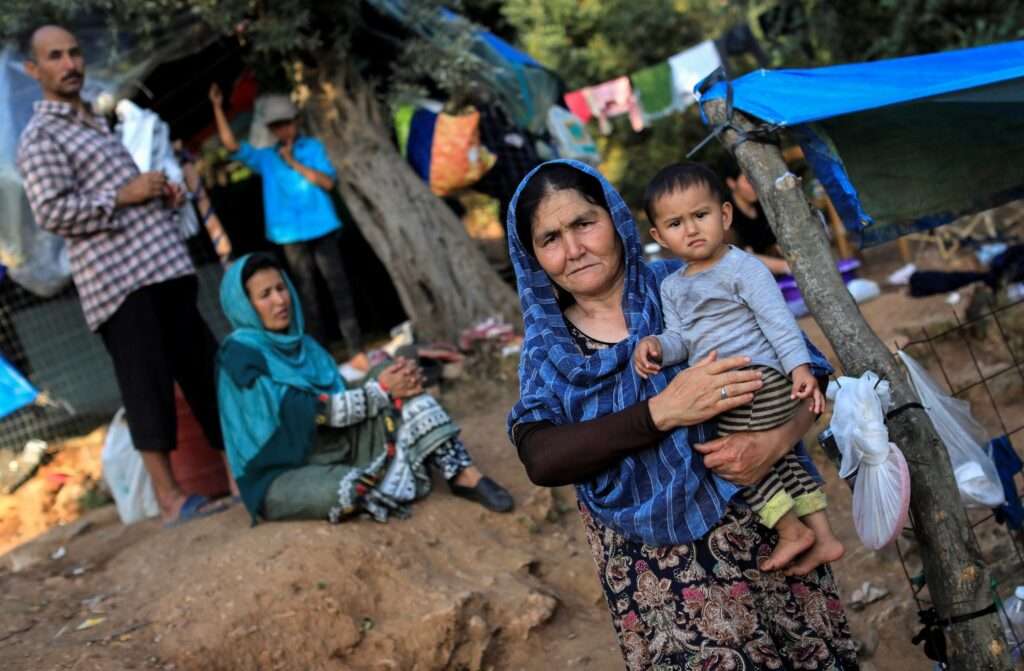
Over the subsequent 20 years, the number of refugees stood largely stable. However, the US invasions of Afghanistan and Iraq in 2001 and 2003 respectively, as well as the civil wars in South Sudan and Syria, caused the number of refugees to surpass 30 million by the end of 2021.
Moreover, the ongoing conflict in Ukraine prompted more than five million individuals to escape their country in a short period of time, making it the fastest-growing refugee crisis since World War II. Syria needed four years to experience a similar amount of displacement. Six more million of Ukrainian people have been displaced internally in Ukraine.
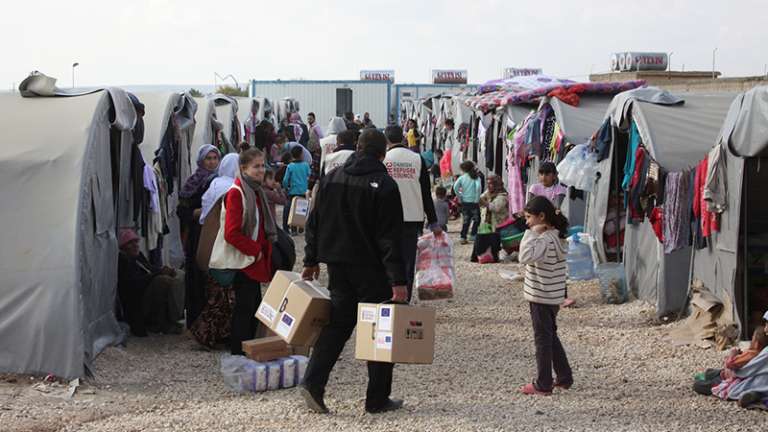
At roughly 3.6 million people, Turkey presently housed the highest refugee population in the entire world. With 3.4 million refugees, Iran also houses the second-highest number, and Jordan with three million.
Of the total number of refugees and people in need of international protection, 76 percent are housed in low- and middle-income states, and 70 percent are hosted by neighboring countries. “The prevailing rhetoric is still that, all the refugees go to the rich countries. This is actually wrong. It’s quite the opposite,” UN High Commissioner for Refugees Filippo Grandi said.
According to the UN, two countries that received the most refugees, and other people in need of assistance, in relation to their national populations, are Aruba (1 in 6) and Lebanon (1 in 7), followed by Curaçao (1 in 14), Jordan (1 in 16), and Montenegro (1 in 19). Considering the 487,300 Palestinian refugees registered in Lebanon, and 2.4 million registered in Jordan, the rates in Lebanon and Jordan increased to one in every four people.
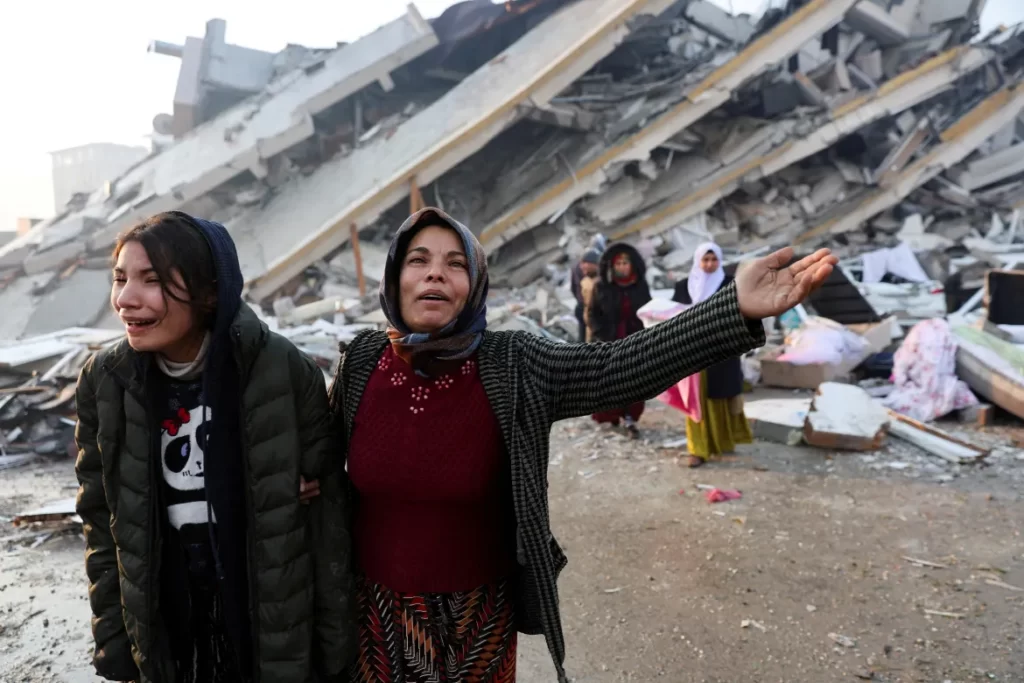
Two catastrophic earthquakes that struck Turkey and Syria in February forced thousands of refugees, who evacuated Syria and its neighboring countries to go further inside their own countries. More than 1.7 million Syrian refugees, according to government estimates, resided in the ten southern Turkish provinces that were severely damaged by the earthquakes.




